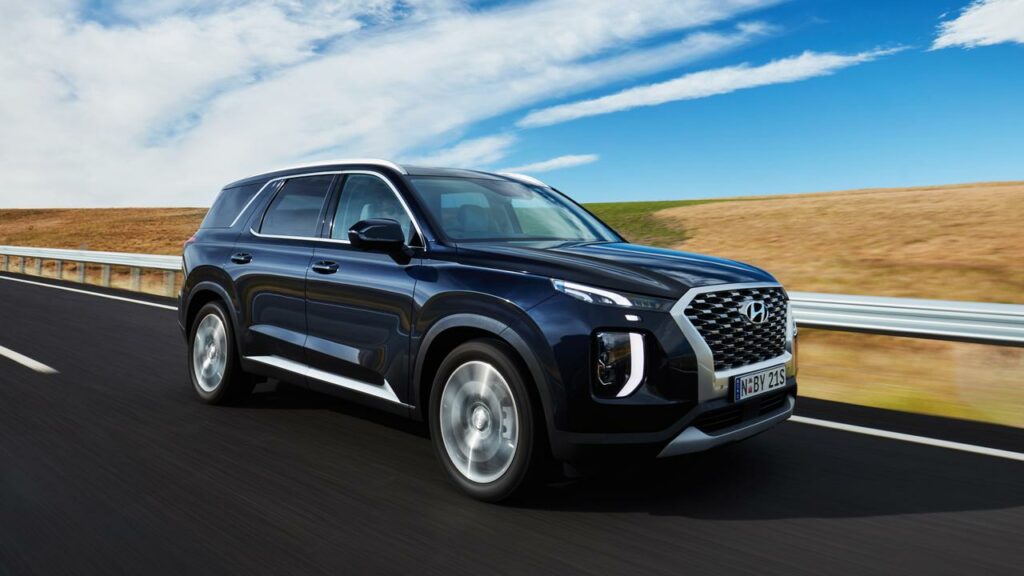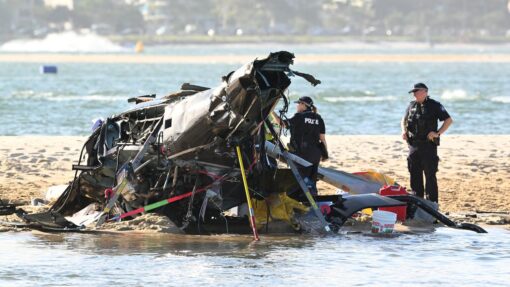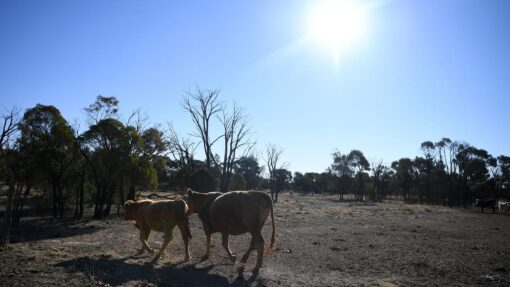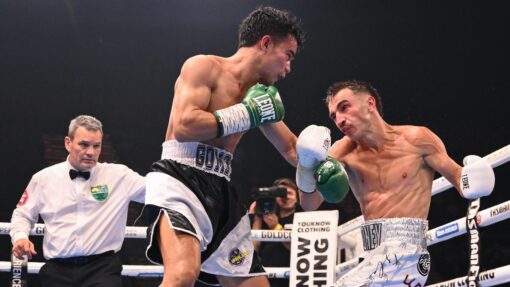Room for eight in flagship Hyundai
Peter Atkinson |

Meet the $80,000 Hyundai.
And if there are any doubts about the size of the Korean brand’s ambitions then this machine – the hulking Palisade – should put those to bed.
The biggest car in the Hyundai fleet is also the most expensive, and a worthy flagship for a brand that continues to impress.
Sturdy, stylish and spacious, it delivers surprisingly refined driving in a car still capable of getting itself well off road.
An upgraded version for 2023 adds impressive technology, strong build quality and the kind of styling that is putting many of its fellow Korean machines high on the desirability ladder.
Until the arrival of this facelifted, slightly tweaked MY23 Palisade, the brand’s all-electric Ioniq5 was neck and neck for the title of most expensive vehicle in the Korean maker’s range.
That has changed with increased pricing (and additional equipment) for the Palisade nudging its price up to $79,900 (a tick over $83k drive away) in this latest guise. Most evident are interior tweaks, including massive side-by-side 12.5-inch control screens and new technology including an app that allows access to certain features from a mobile phone.
The Palisade’s imposing dimensions are further expanded with the new exterior styling, adding even more chrome to its huge, eye-catching grill, bringing a road presence reminiscent of cars like the Cadillac Escalade.
That shouldn’t surprise, considering this car was first built for American and Middle East markets, where size is generally all that matters when it comes to family wagons.
Tested here is the Palisade in its ultimate form – the flagship Highlander model with all manner of creature comforts, and the more expensive (but more proficient) four-cylinder turbo-diesel engine, at a $4000 premium over the petrol V6.
There are three impressive rows of seating – buckets up front, the choice of a bench or individual captain’s chairs in the middle, and a surprisingly spacious third row that will comfortably accommodate an adult or two (or three kids).
The bucket-style captain’s chairs, which can push fully forward or fold flat, also make rear-seat access easier for grown-ups. There’s 311 litres of cargo space with all seats in use; 704 litres with the third-row folded down into the floor. Fold the middle row of seats forwards and there’s cargo space the size of most garages.
The Hyundai range boasts no fewer than five SUVs, including the familiar Santa Fe and Tucson nameplates, along with more recent arrivals in the form of the smaller Venue and Kona.
The Palisade is a car not desirable for any particular stand-out feature, but its all-round strength and quality in a very big, well-considered package.
Those features include its easy driveability and, perhaps surprisingly, its impressively modest thirst.
During a two-week Christmas road test, including plenty of highway running, beach-to-beach shuttles and countless visits to the supermarket and bottle shop, the car delivered an overall consumption of 7.7L/100km for almost 700km – frugal for a vehicle of this size and weight.
On the downside, there’s an over-zealous suite of electronic alerts that chirped and chimed relentlessly, similar to having a canary on the loose in the cabin.
As well as the usual proximity alerts, there was a particularly annoying chime from the street-sign recognition system every time it laid eyes on a speed warning.
The alarm continued for five chimes if travelling more than 5km/h over the legal limit – which admittedly would prevent straying into double-demerit points territory, albeit in an annoying way.
One other piece of gadgetry, or gimmickry, was the so-called drive-by-wire, push-button gear shift setup. While it certainly helped free up additional storage space in the centre console, it looks a bit clumsy, not at all intuitive and a bit naff for a car so thoughtfully designed.
The Palisade competes with the likes of the market-leading Toyota Kluger, Mazda CX-9 and the slightly smaller Hyundai Santa Fe which it battles for third place in this competitive market, as well as Kia’s smart Sorento with which it shares many underpinnings.
But the Palisade has a couple of trump cards. It’s the only one to offer a choice of seven-seat or eight-seat configurations (available across the range). It’s also the only model in its class that offers a diesel engine.
The 2.2-litre, four-cylinder powerplant is a ripper in terms of flexibility and responsiveness, with an even bigger thumbs up for its smooth, quiet operation.
The spirited oil-burner (143kW, 400Nm) marries nicely with the eight-speed auto – also a winner in the smoothness stakes – to the point where engine and wind noise in the cockpit were pretty-much non-existent. It just lopes along at the speed limit with a serenity that would make a day-long drive no particular problem (except for the intrusion of those alarms).
The nett result is a big machine that flows nicely, darts quite nimbly through heavy traffic, and turns and stops with surprising poise. It also has a remarkably good turning circle for a big beast – a bonus for city-based owners.
Ensuring even the biggest of families are well served, and perhaps a product of its US heritage, it offers a total of 16 cup-holders and seven USB ports and four power outlets.
There’s also a “driver talk” function that allows the person at the wheel to have their instructions (“don’t make me come back there”) piped through the audio system to back-row passengers. Clever.
Just as thoughtful are features like the rear occupant alert, which prevents the car being locked if there’s potentially a small person asleep in the back, plus a Safe Exit Assist function which stops children exiting into passing traffic.
Not all buyers will line up to spend $83,364, drive away, on this big vehicle. After all, brand snobbery still exists in this ever-more egalitarian motor industry.
But for those who can overlook the “H” logo in its massive, chrome grille it certainly makes a legitimate rival to many of the existing choices in this very competitive large-SUV class.
HYUNDAI PALISADE
* HOW BIG? A full-sized, eight (or seven) seat SUV offering size and efficiency that will be a magnet for growing families.
* HOW FAST? Impressively responsive and smartly off the mark, thanks to a torquey four-cylinder turbo-diesel. There’s also a more powerful, but thirstier, and slower V6 petrol option. No official figure – but the diesel will hold its own against any like-sized opposition.
* HOW THIRSTY? Official figures are 7.3L/100km which is remarkable for such a big machine.
* HOW MUCH? Prices for the base-model start at $60,000, while the flagship Highlander diesel costs $79,990 plus on-road costs.
AAP


